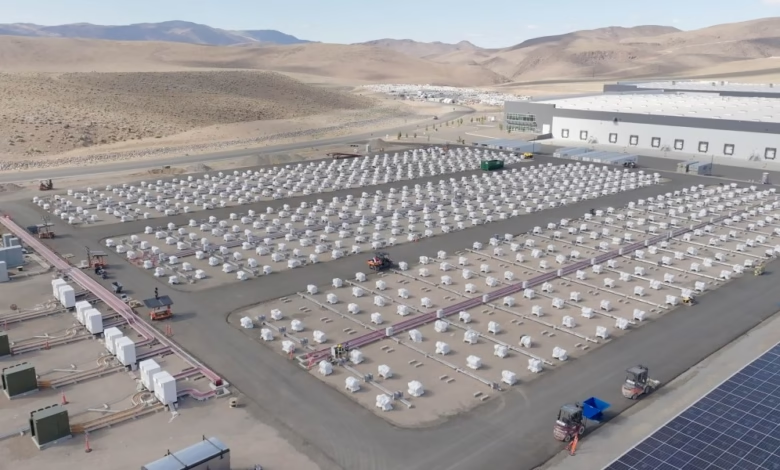Battery Recycler Expands to Clean Up AI Data Centers

▼ Summary
– Redwood Energy, a new business line by Redwood Materials, repurposes used batteries to create renewable-powered microgrids for businesses or communities.
– Many batteries processed by Redwood retain over half their capacity, allowing them to be used for energy storage before recycling.
– The company’s first microgrid in Tahoe Reno Industrial Center generates 64 megawatt-hours using solar panels and powers an AI data center with 2,000 GPUs.
– Microgrids offer a faster, cheaper alternative to traditional power plants for data centers, avoiding costs for consumer ratepayers.
– Redwood Energy’s microgrids are well-suited to address the rising energy demands and emissions of data centers, which could double by 2030 due to AI growth.
A battery recycling innovator is stepping into the energy sector with a solution that could reshape how AI data centers power their operations. The company recently unveiled Redwood Energy, a new division focused on repurposing used batteries with significant remaining capacity to create renewable-powered microgrids. These self-contained energy systems can function independently or alongside traditional power grids, offering businesses and communities a cleaner, more resilient electricity source.
Many of the batteries processed by the company still hold over 50% of their original capacity, making them ideal for secondary use before eventual recycling. “We maximize value by deploying these batteries for energy storage first,” explained the company’s CEO during the launch event. The approach not only extends battery lifespans but also reduces waste while supporting renewable energy integration.
The first operational microgrid, located at the company’s Nevada facility, combines solar panels with repurposed electric vehicle batteries to deliver 64 megawatt-hours of electricity, ranking among the largest systems of its kind in the country. This clean energy currently powers a neighboring AI data center operated by a company that transitioned from cryptocurrency mining. The facility houses 2,000 graphics processing units, though this pales in comparison to the massive 100,000-GPU installations the same operator is developing elsewhere.
This initiative highlights an emerging trend: data centers seeking alternatives to traditional grid power. Microgrids offer faster deployment than conventional power plants and avoid passing infrastructure costs to utility customers. Since the batteries have already served their primary purpose in vehicles, the company claims its systems come at a fraction of the cost of new battery installations.
While applicable across industries, the technology specifically targets the soaring energy demands of AI infrastructure. Recent analyses predict data center electricity consumption may double by 2030, driven largely by artificial intelligence’s exponential growth. “Affordable energy storage directly addresses both power reliability and sustainability challenges,” noted the CEO. The solution arrives as tech giants scramble to balance AI expansion with environmental responsibilities, particularly around carbon-intensive data center operations.
(Source: Technology Review)





